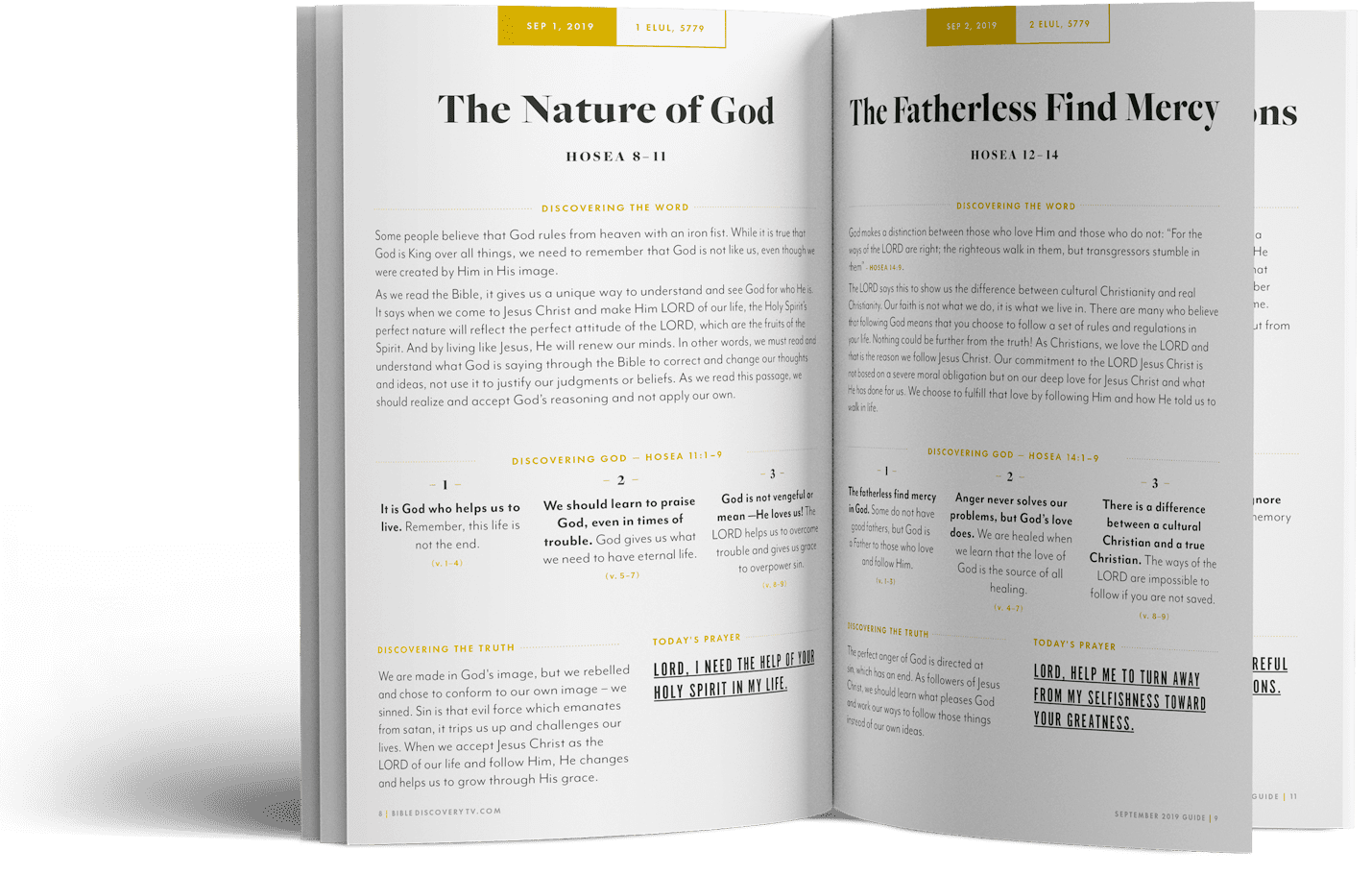

Jesus Messiah
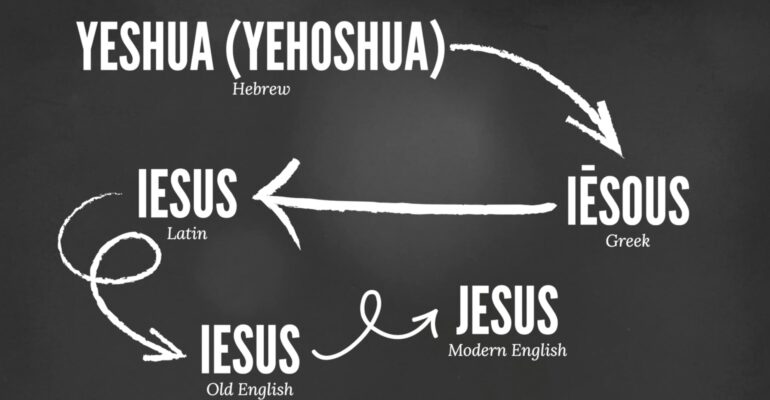
Against the false claim that the name of Jesus is a pagan corruption.
Jesus or Yeshua?
Against the false claim that the name of Jesus is a pagan corruption.

Fifty-one signet seal impressions found in Jerusalem confirm five men from the Bible.
House of the Bullae, Part 1
Fifty-one signet seal impressions found in Jerusalem confirm five men from the Bible.
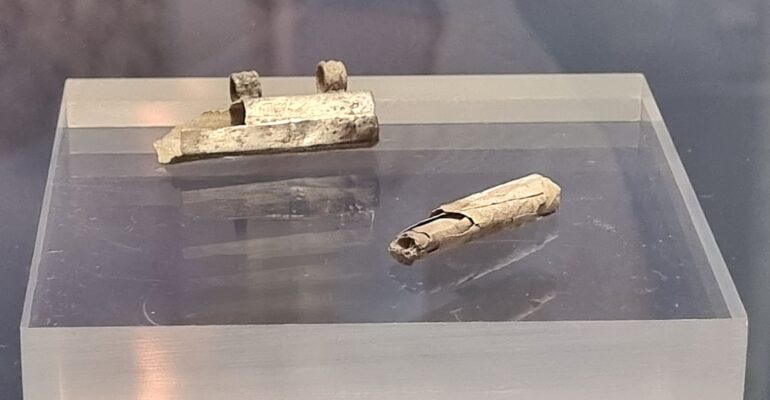
How the discovery of a tiny amulet in Germany has become one of the most important testimonies to early Christianity in the world.
The Frankfurt Silver Inscription
How the discovery of a tiny amulet in Germany has become one of the most important testimonies to early Christianity in the world.
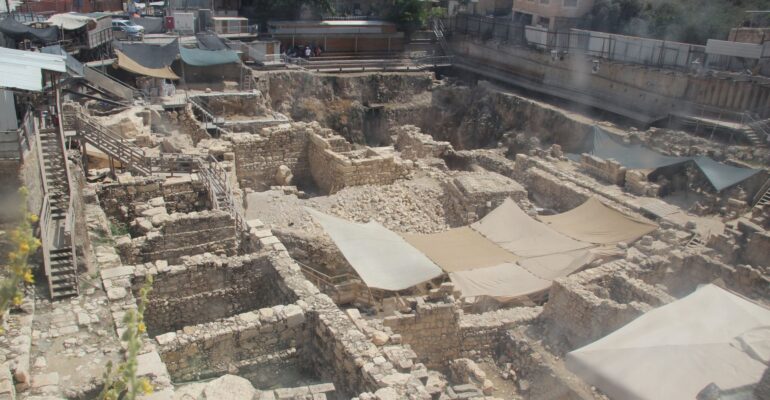
Rare First Temple Period discoveries confirm the Biblical account.
Jerusalem Ivories
Rare First Temple Period discoveries confirm the Biblical account.

How Solomon’s splendor pales in comparison to that of the King of kings, Jesus Christ.
The Splendor of the King
How Solomon’s splendor pales in comparison to that of the King of kings, Jesus Christ.
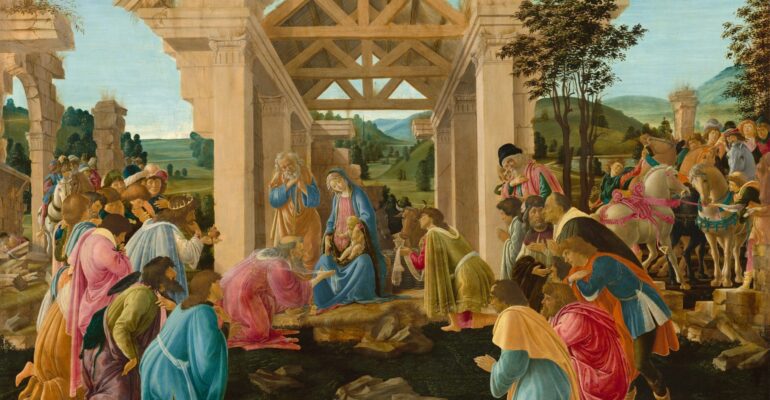
Between the central themes of Matthew and the "Revelation of the Magi".
The Magi of Matthew
Between the central themes of Matthew and the "Revelation of the Magi".

How God turned shepherds and fishermen into powerful leaders.
Out of the Sheepfold
How God turned shepherds and fishermen into powerful leaders.

Did Haggai’s prophecy about the second temple being greater in glory than Solomon’s fail?
Greater In Glory
Did Haggai’s prophecy about the second temple being greater in glory than Solomon’s fail?



